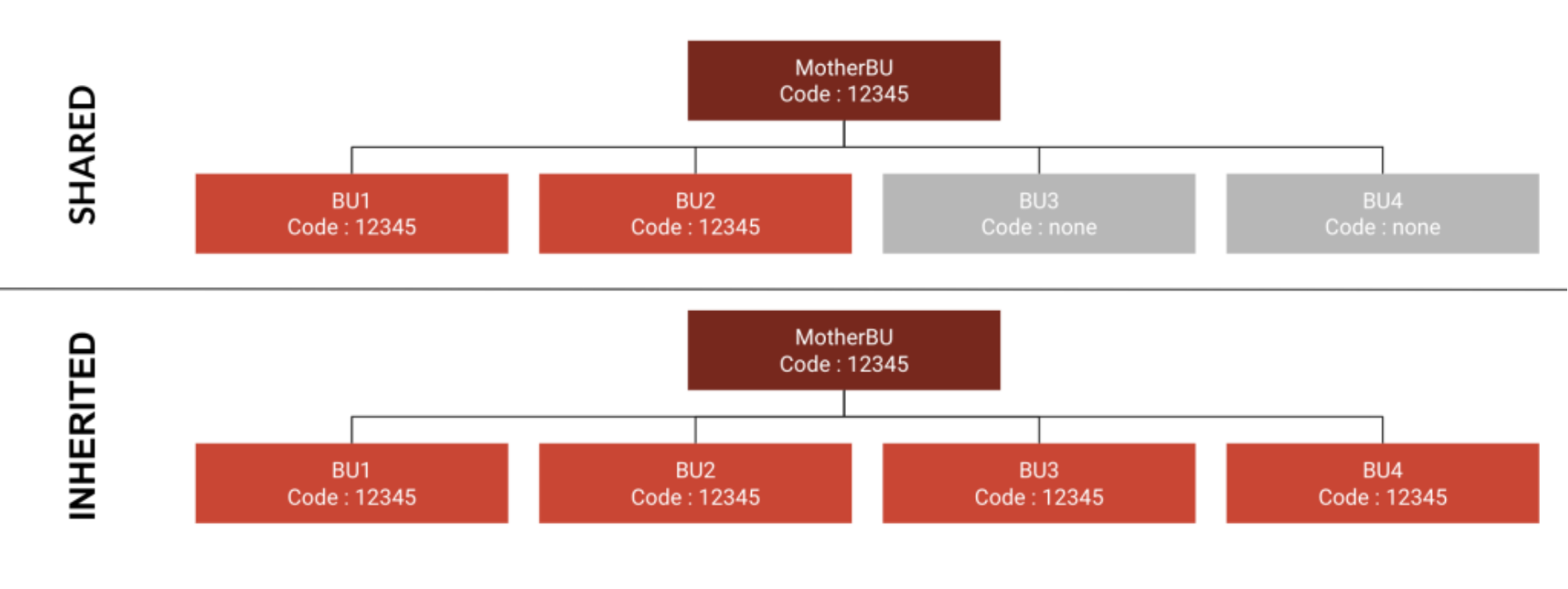Things you might not know about short and long codes, private and shared codes on MobileConnect
While sending emails is pretty straightforward in Marketing Cloud, sending SMS messages is not that easy, especially in a multi-country environment. In this article, I’m sharing information I’ve learned via experience, SFMC support, official documentation, and through community feedback.
- Locale Field
- RaiseError in SMS
- Keywords
- STOP SMS
Short VS Long Codes
Well, I’m not teaching you anything here but, a short code is an easy-to-remember 5 to 6 digits number (ex 96876). A long code is a standard 10 digits number (+33147875909).
Differences between Short and Long codes?
- A long code is required to send to an international market, usually a British, Swedish, or Australian variant
- A long code sends rate is around 1 per second. A short code sends rate is up to 100 per second.
- One-way messaging (the long code case) is the ability to send an outbound SMS message (Mobile Terminated – MT) without a response path or the response path will result in an international SMS rate for the subscriber, i.e. they will have to send to a foreign number
- With this configuration, STOP and HELP requests will have to be handled through customer preference centers or web forms, i.e. a URL in the text that directs subscribers to a dedicated web page
- Not all markets offer a choice between long and short codes. In some markets, one or the other type of code is available, and in others, both types are available for rent.
- Long code does not allow using a FromName
How to choose between the two?
These are some factors to consider when choosing between these two options:
- Cost
- Time to Market
- Use case support
- Implementation complexity
Examples:
- For two-way messaging, the best solution (if available) is a private short code, but the time and cost can be prohibitive
- A local long code or shared short code is a cheaper, faster, and, in some markets, the only option available
Shared VS Private short codes
As you might have guessed, a shared code is shared between multiple brands, and a private code is dedicated to a single brand.
- A shared code is a less expensive alternative to a private code and allows for a faster time to market. It is shared because it is used by multiple customers in different verticals with different SMS programs
- With a private code, the customer also has unlimited availability of keywords. Generic keywords such as STOP, HELP, JOIN, ENTER, etc. are not available on a shared code
Shared and Private code summary
| Shared | Private | |
| Structure | Shared with multiple clients of various business types. For example, only one shared short keyword in France is available | Exclusive to one client and good for brand association |
| Set up time | 1 week | From 1 to 12 weeks |
| Cost | Low | High |
| Transferable | No | Yes, for short codes |
| Keywords | Keywords limited to 5. No possibility to buy more | Unlimited keywords |
| FromName | Supported (local market restrictions may apply) | Not supported |
| Concatenation | Supported | Supported |
| Choice of Vanity Options | No | Yes |
Code provisioning on SFMC
In terms of code provisioning, SFMC offers two options, shared and inherited. Below are some differences:
- Inherited code is provisioned at the parent MID and is inherited by all child BUs. All administrative keywords (help & stop keywords) configured at the parent MID will also be inherited.
- A code can be shared between specific MIDs belonging to the same client.
